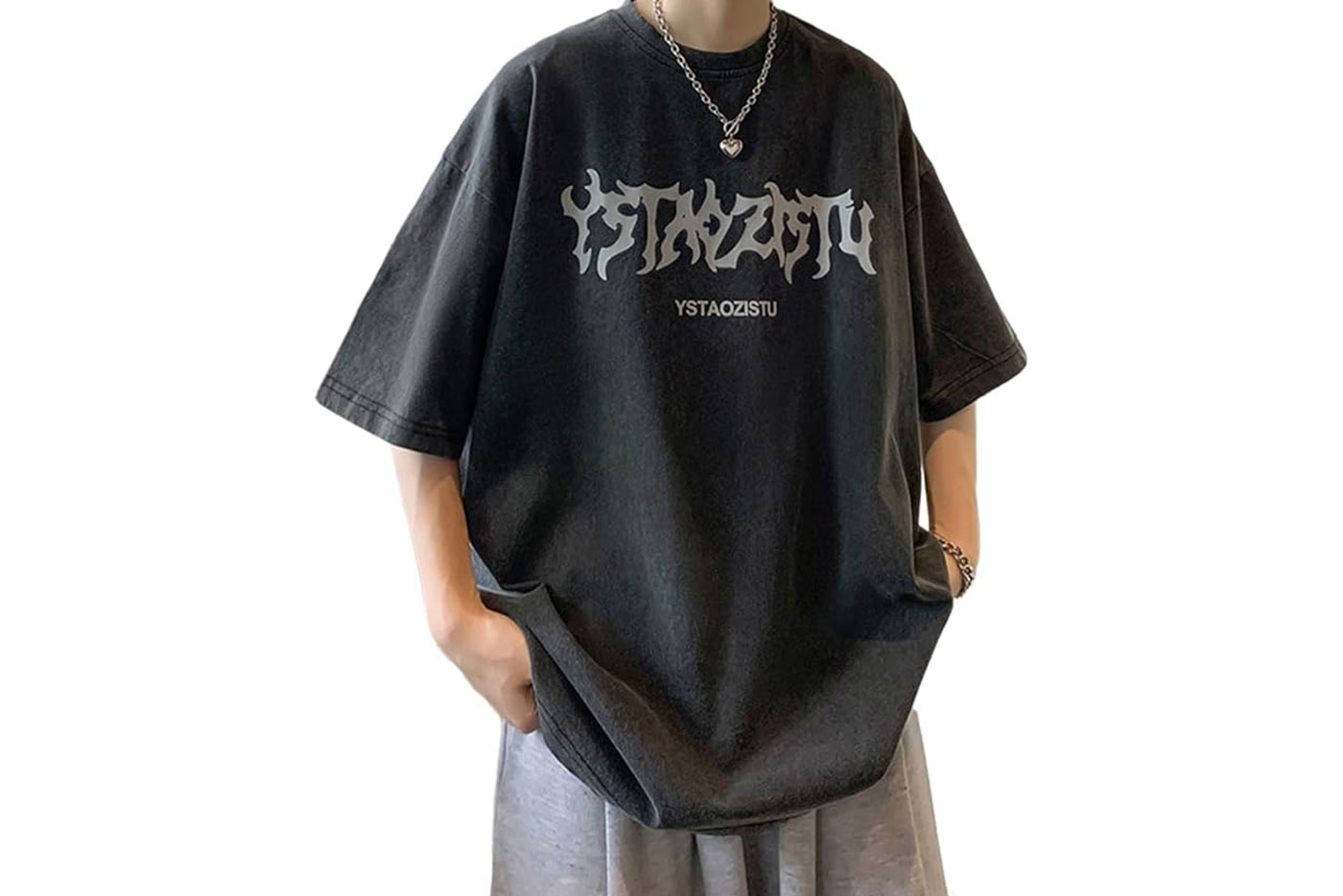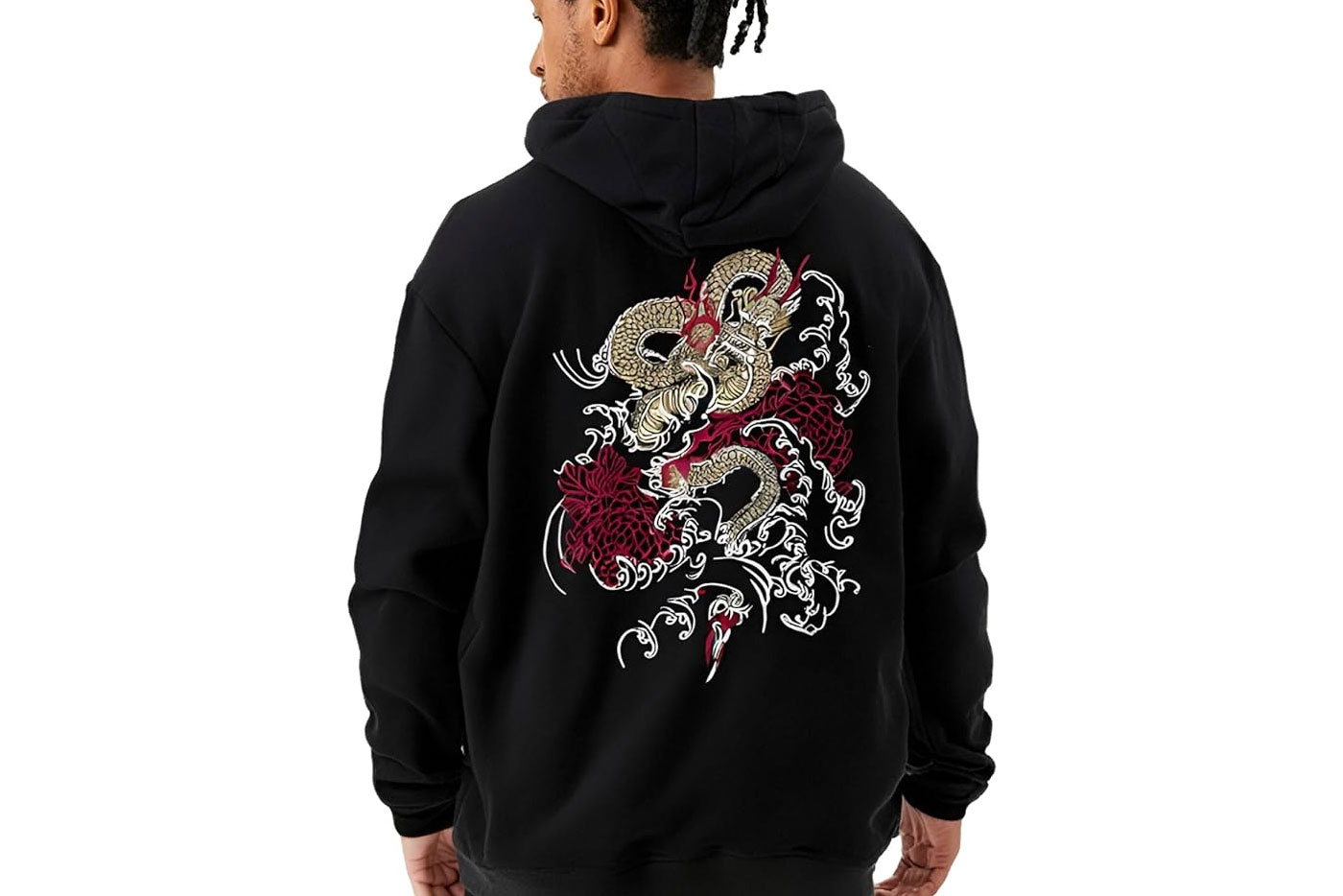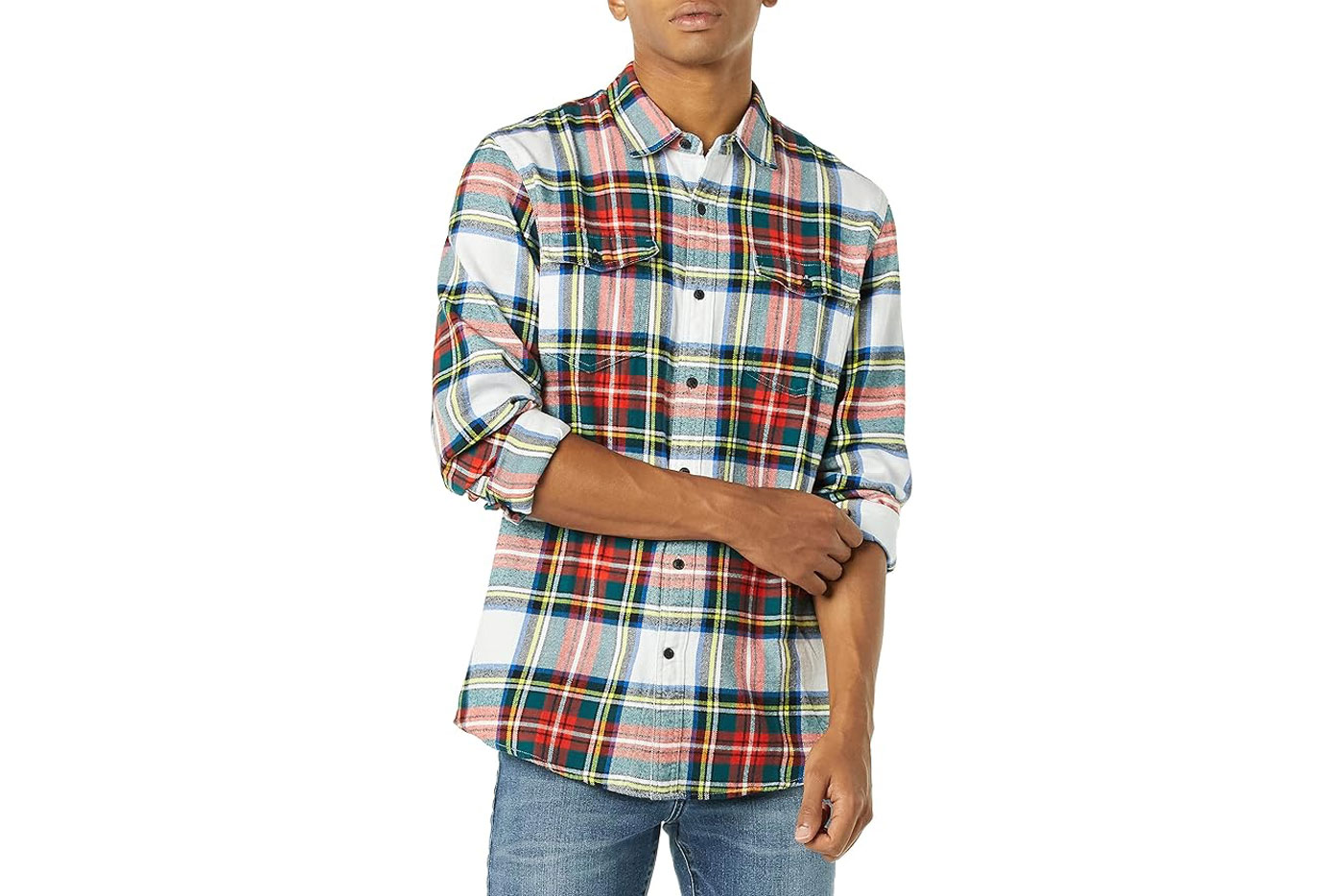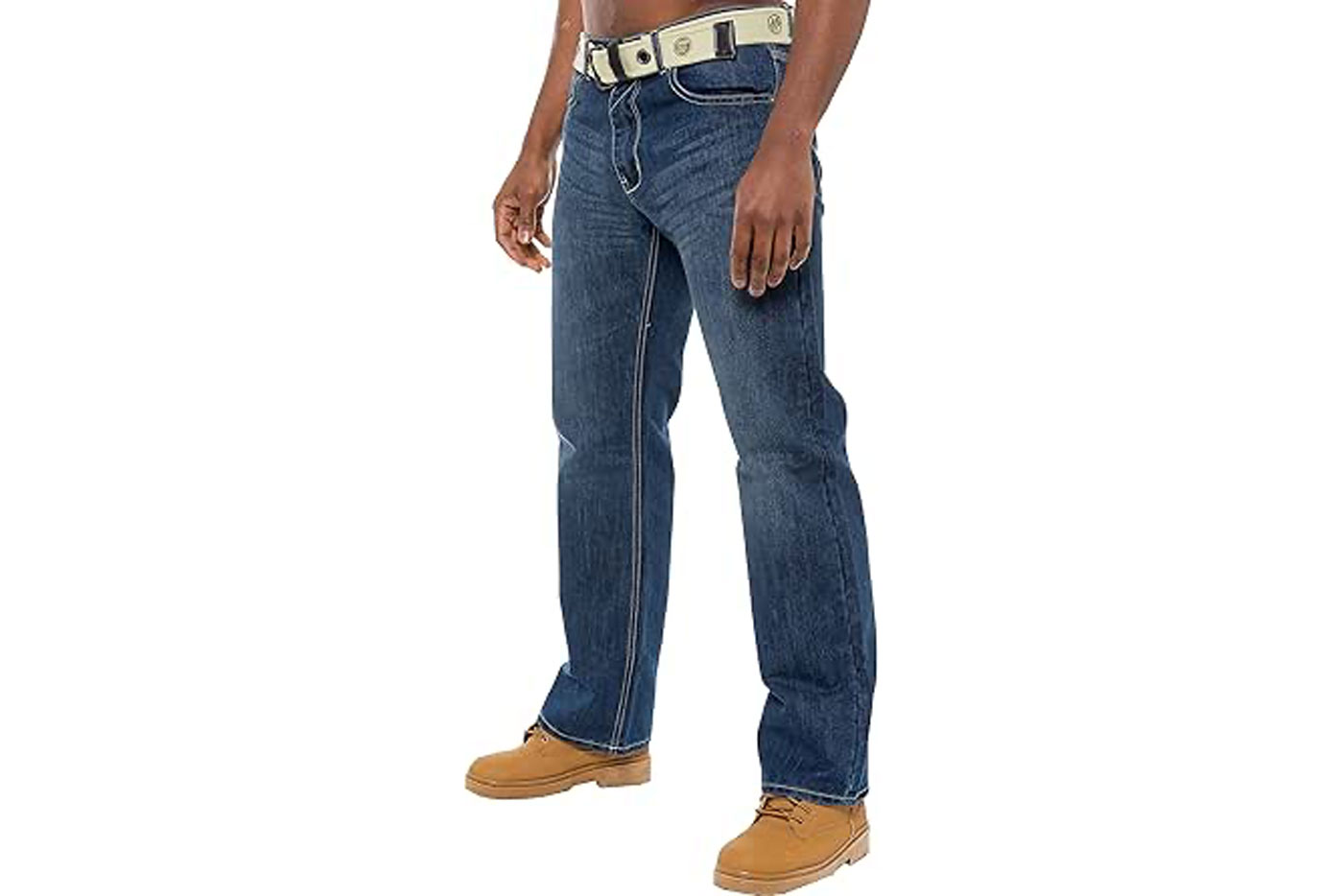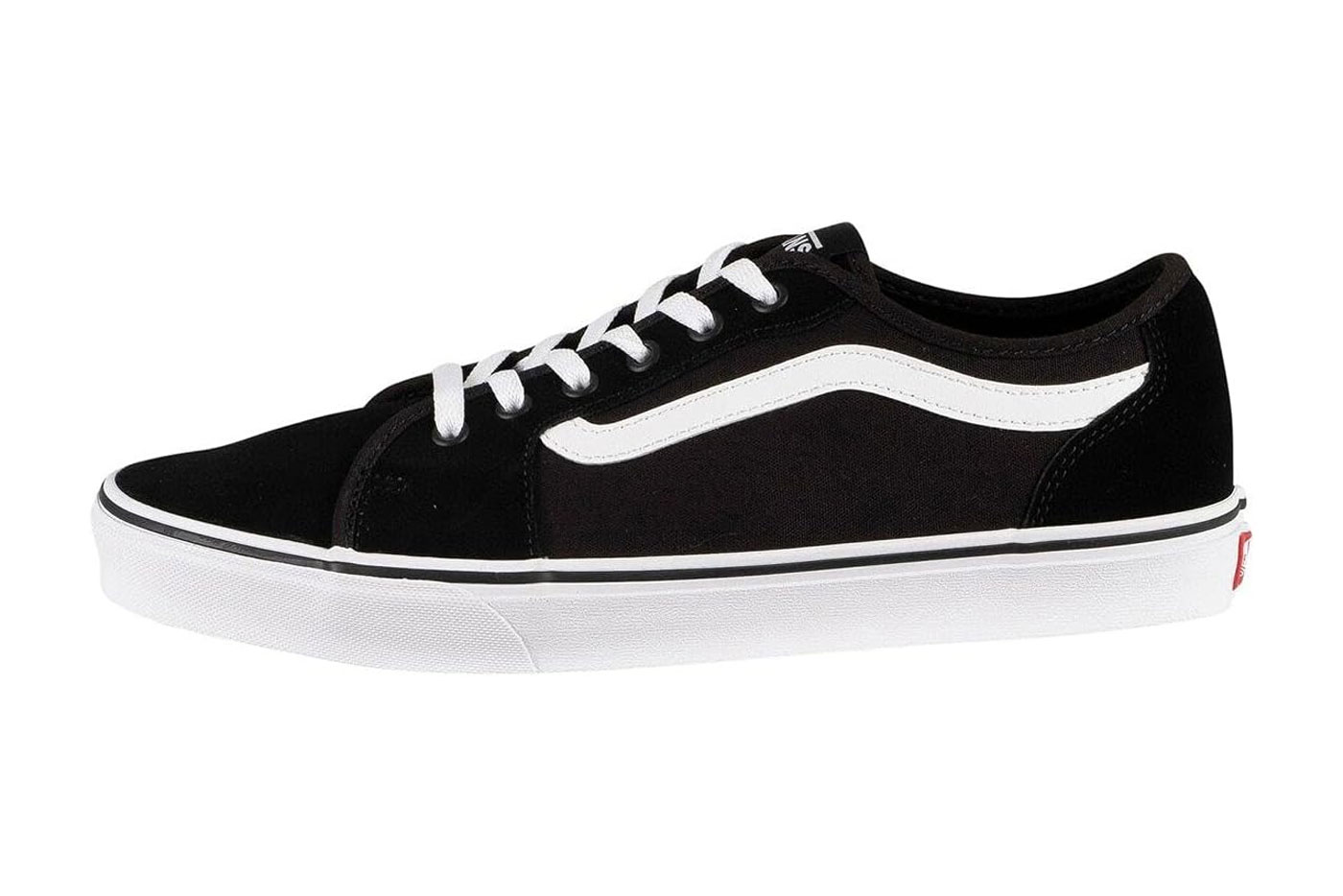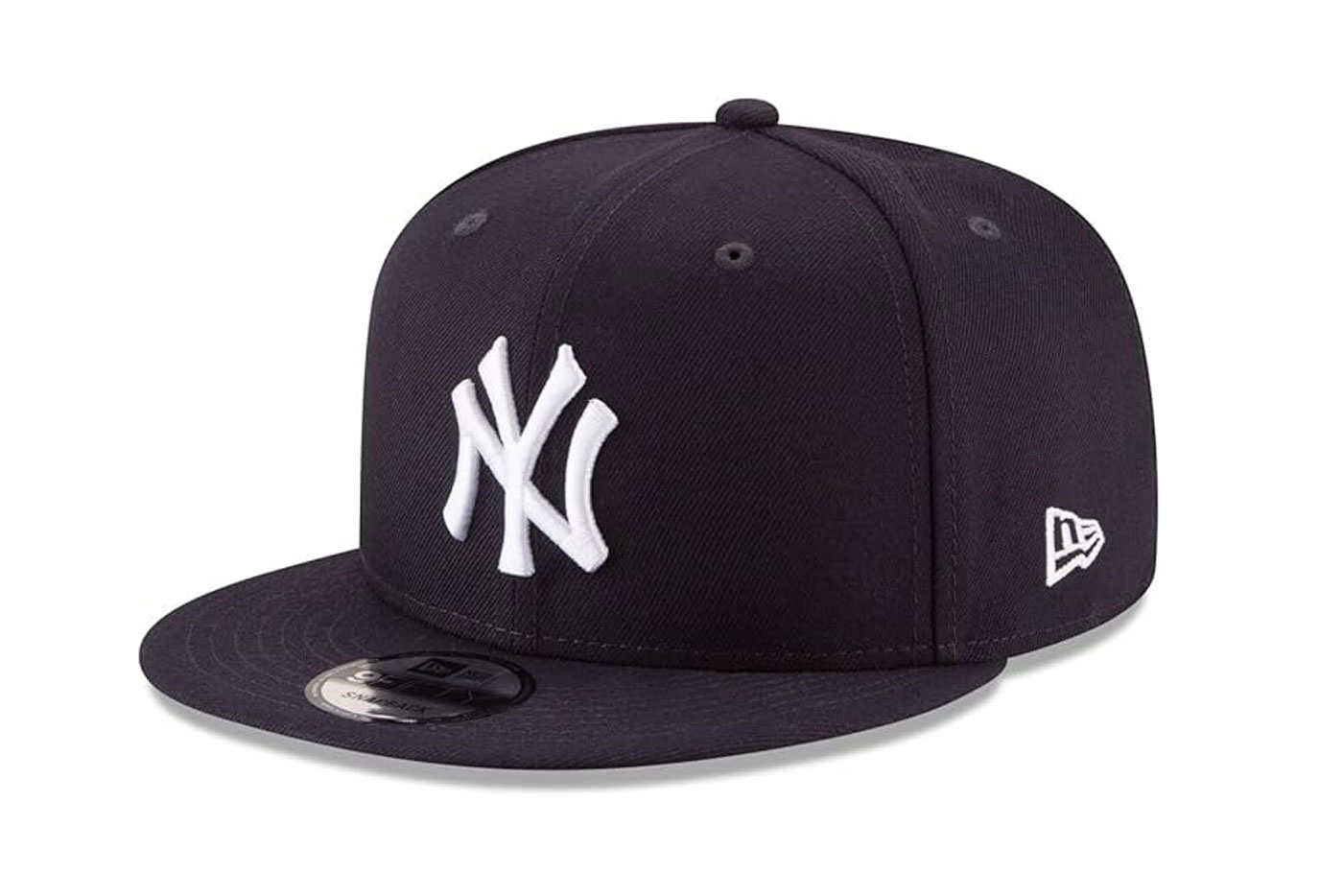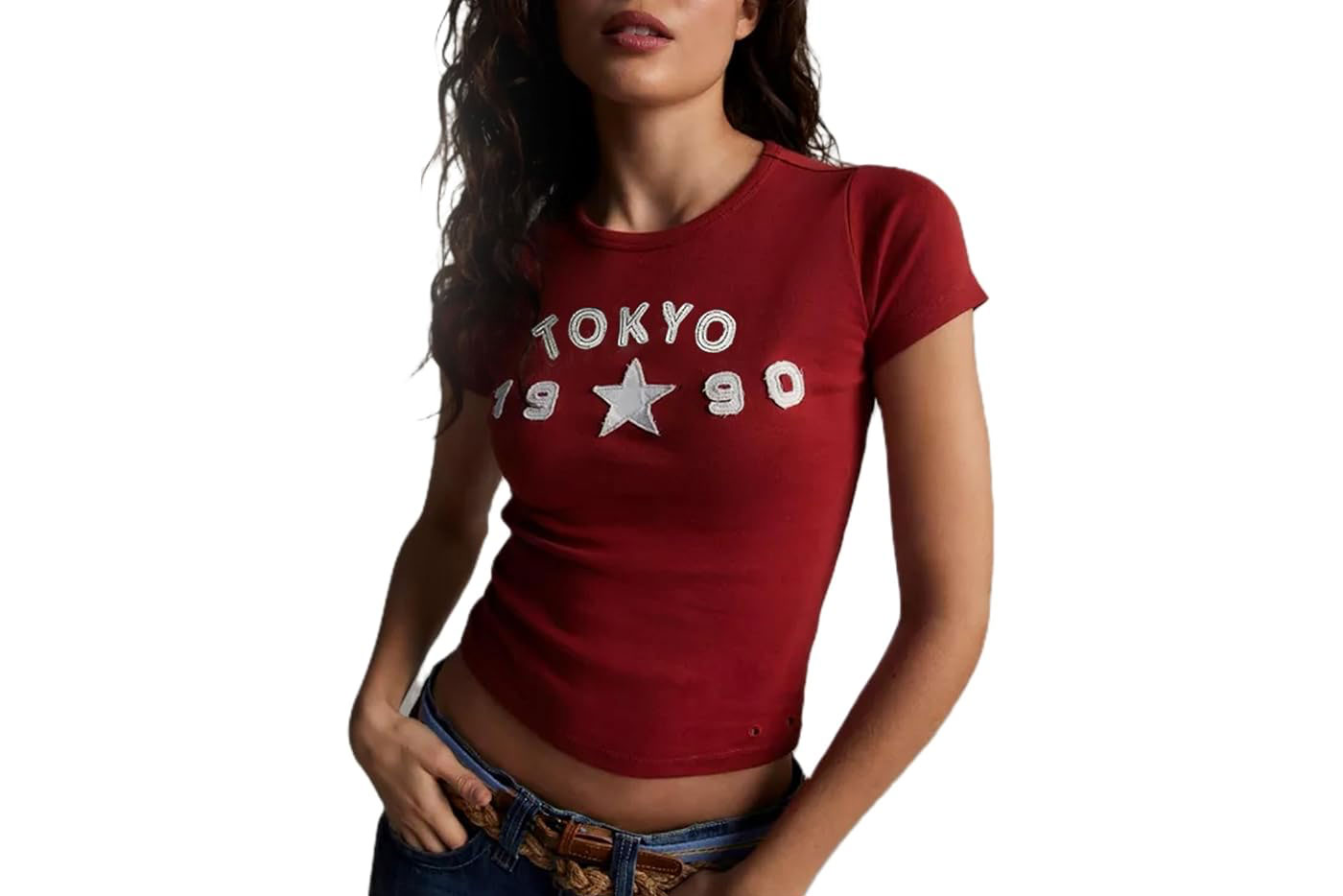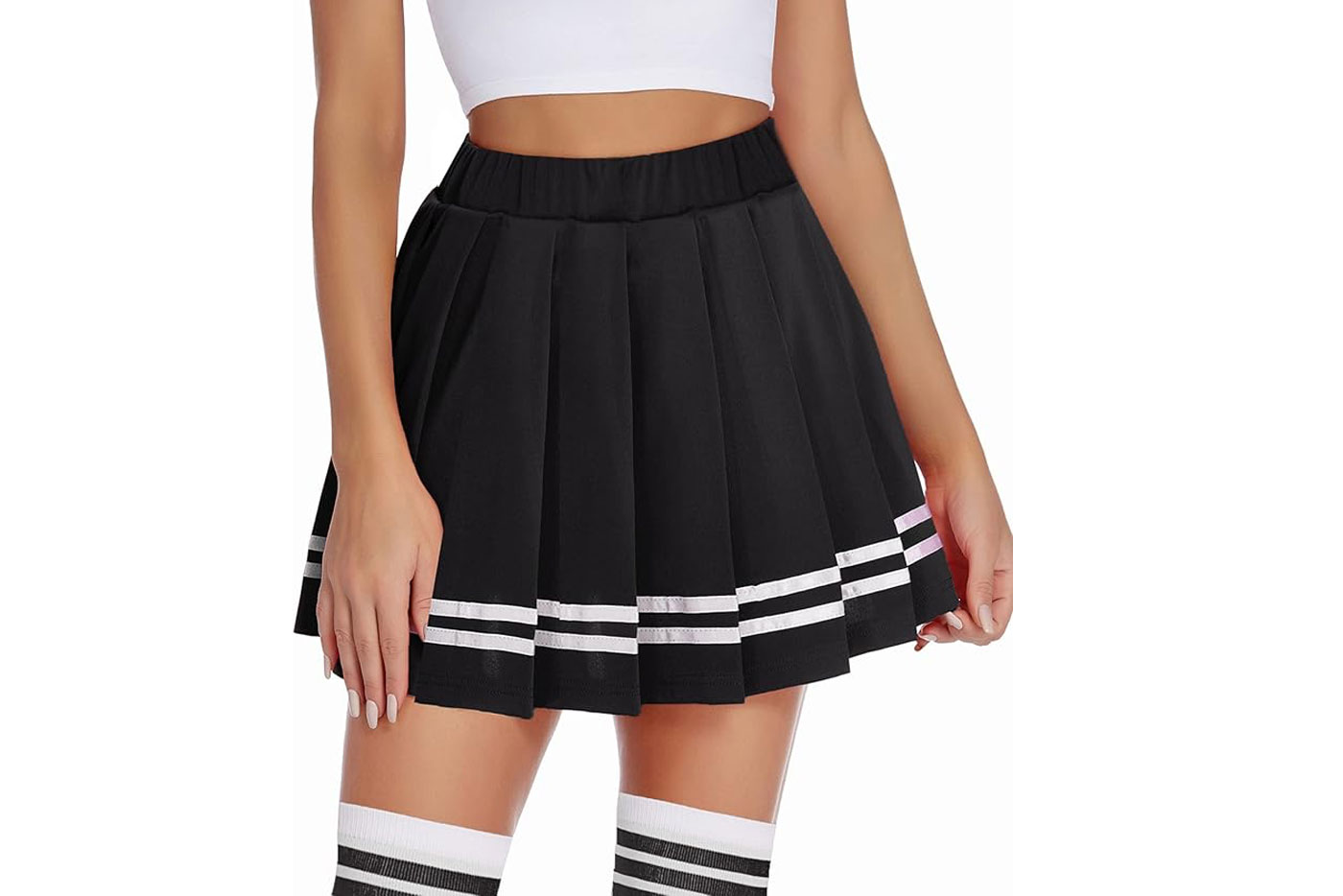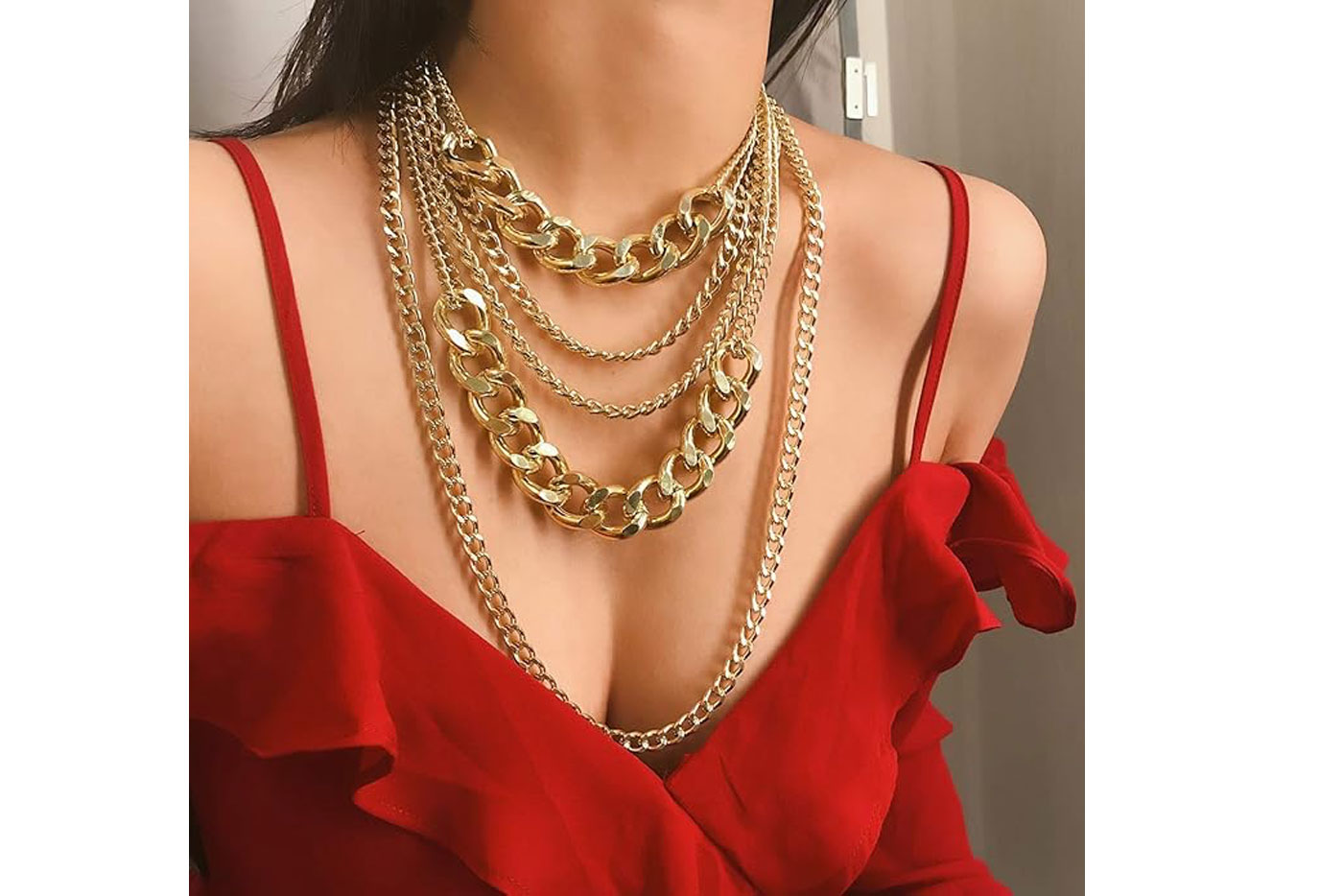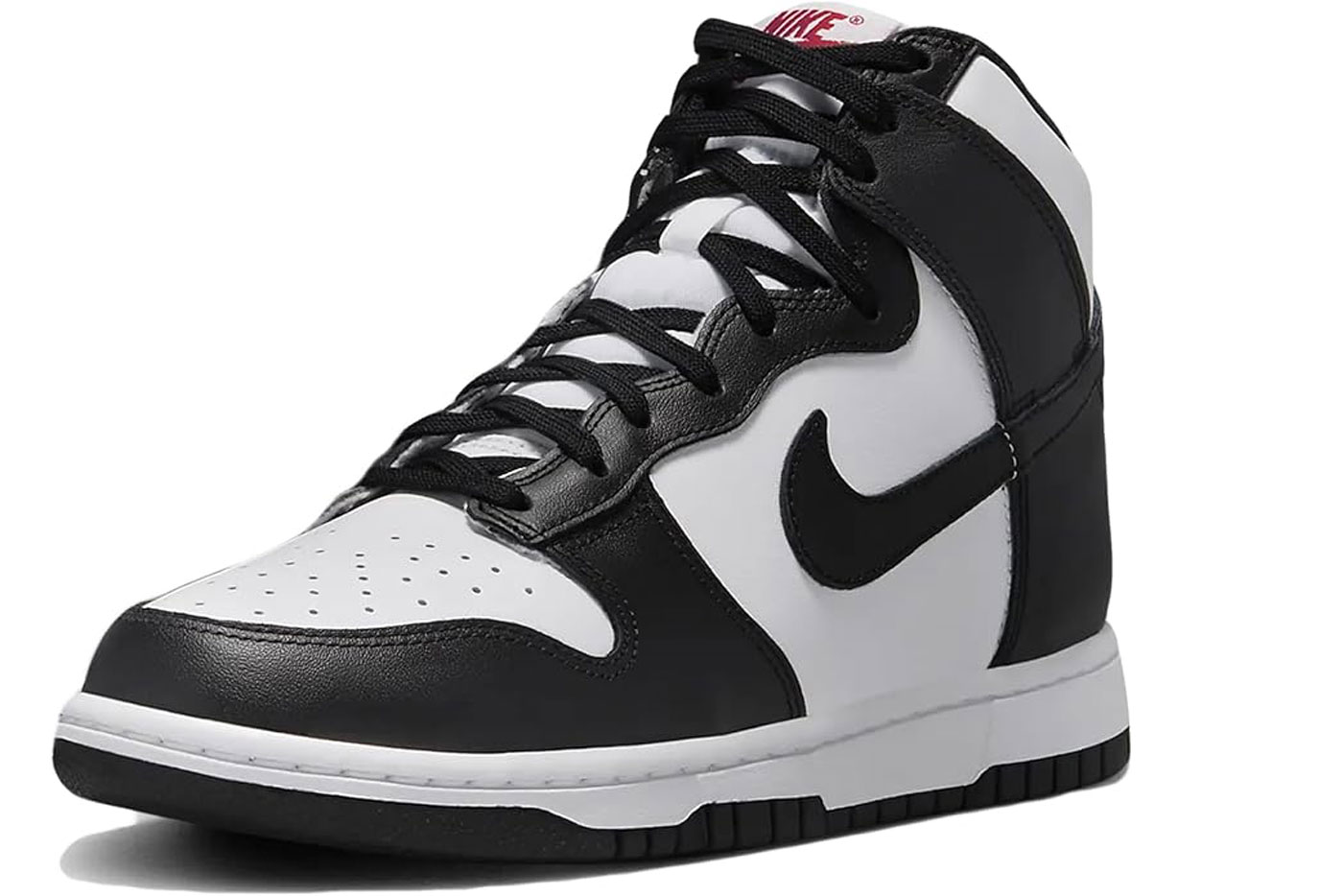The Evolution of Hip-Hop Fashion – Part III – 2010s & Beyond
Let’s follow on from our previous pieces, “The Evolution of Hip Hop Fashion Pt. 1” and “Pt. 2”, both exploring the 80s-90s and the 2000s. The 2010s and onward saw as much musical diversity as they did fashion-wise within the world of hip-hop. Not only was this the decade where the genre became the biggest in the U.S. according to Nielsen Music, but it also experienced a beautifully broad scope of what hip-hop could be.
Orchestral, movie-sized, ambitious anthems like those on My Beautiful Dark Twisted Fantasy? Jazz and funk-fused social commentary on To Pimp A Butterfly? Dreamy, lo-fi, alt-soul jams on Flower Boy? Raging, punky, tripping trap psychedelia on Astroworld? The environment kept growing and growing until it became its own eclectic ecosystem where designer garments lived next to skater outfits and Kurt Cobain-esque grunge wear stood next to streetwear brands.
For all the kids on the web discovering music outside of TV and radio, downloading DatPiff mixtapes or watching the newest artists on YouTube, this was a time of exploration. Just as artists like Soulja Boy had set it forth, on the internet, everyone could have a voice. The genre’s generation was splintering further into different directions, and all these threads were sewn together to make the most creative, colourful tapestry in the history of hip-hop.
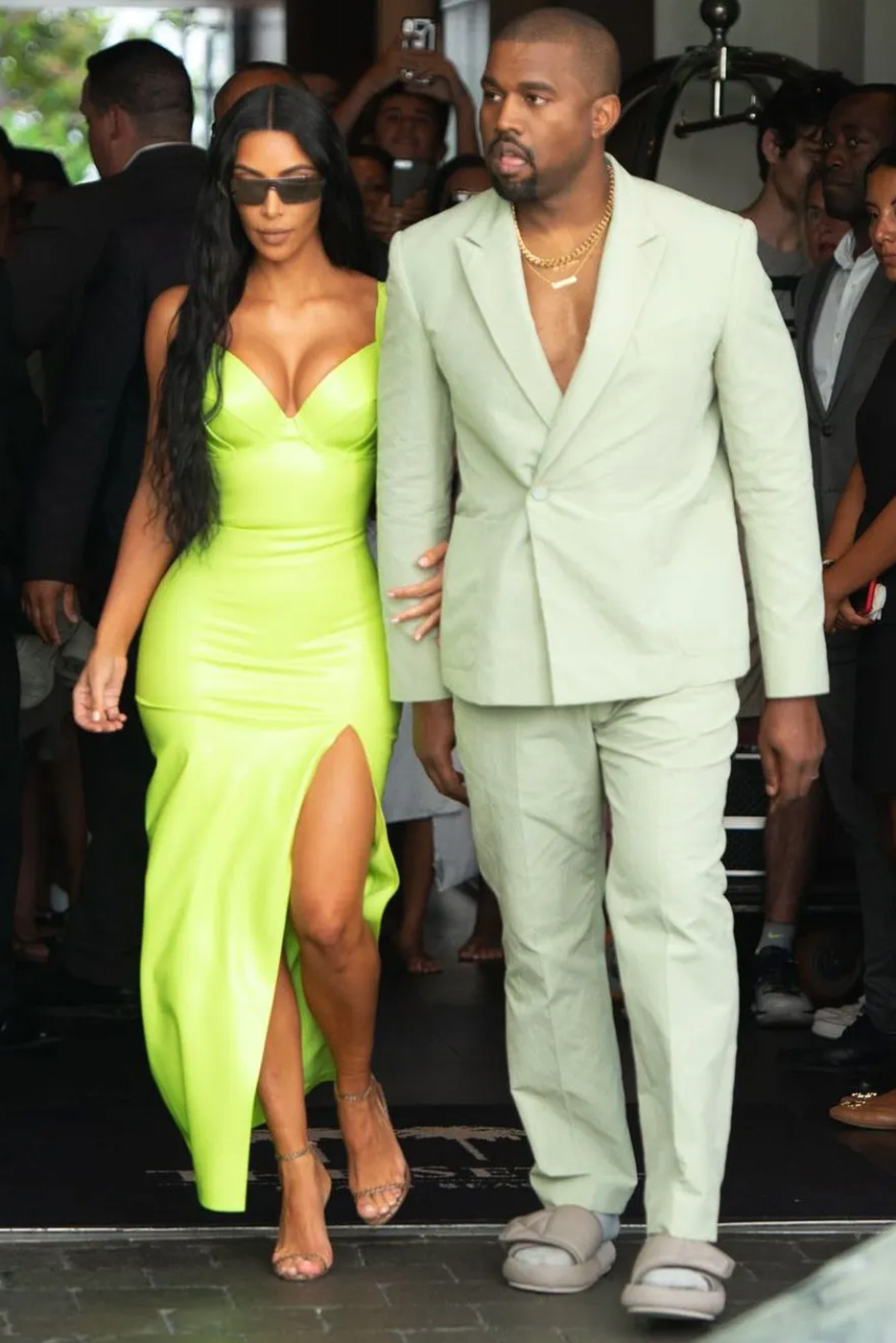
South Beach Photo/REX/Shutterstock
HIGH FASHION
Remember, this was the era of expansion where hip-hop officially became the most listened to genre in America. Eight of the 10 most-listened-to artists of 2017 were R&B or hip-hop acts, and hip-hop accounted for 25% of all adult music consumption in the same year, according to Billboard.
With these elevated sales came an elevated status; rappers like Drake, Kanye West, Kendrick Lamar and Nicki Minaj were now household names. They were creating Forbes-ranking revenue for themselves. Hip-hop wasn’t sitting on the sidelines anymore. This time, it was the star player, the highest scorer and the mainstream MVP.
With these new heights, the fashion got higher, too. Stars like West and Jay-Z were creating a cleaner, smoother look than before, donning designer gear and mixing these flashy garments with fitted jeans. Their Watch The Throne collab album speaks volumes to their fixation on fashion brands, such as on “N***as in Paris,” where Ye raps the lyrics “What’s Gucci my ni***? What’s Louis, my killer? What’s drugs, my dealer? What’s that jacket, Margiela?”.
Both rappers were tailored with top designer names like those mentioned and others like Givenchy, Balmain and Raf Simmons. This crafted an image of extravagance and success that matched the maximalist makings of their early 2010s albums like West’s My Beautiful Dark Twisted Fantasy and Jay’s Magna Carta Holy Grail.
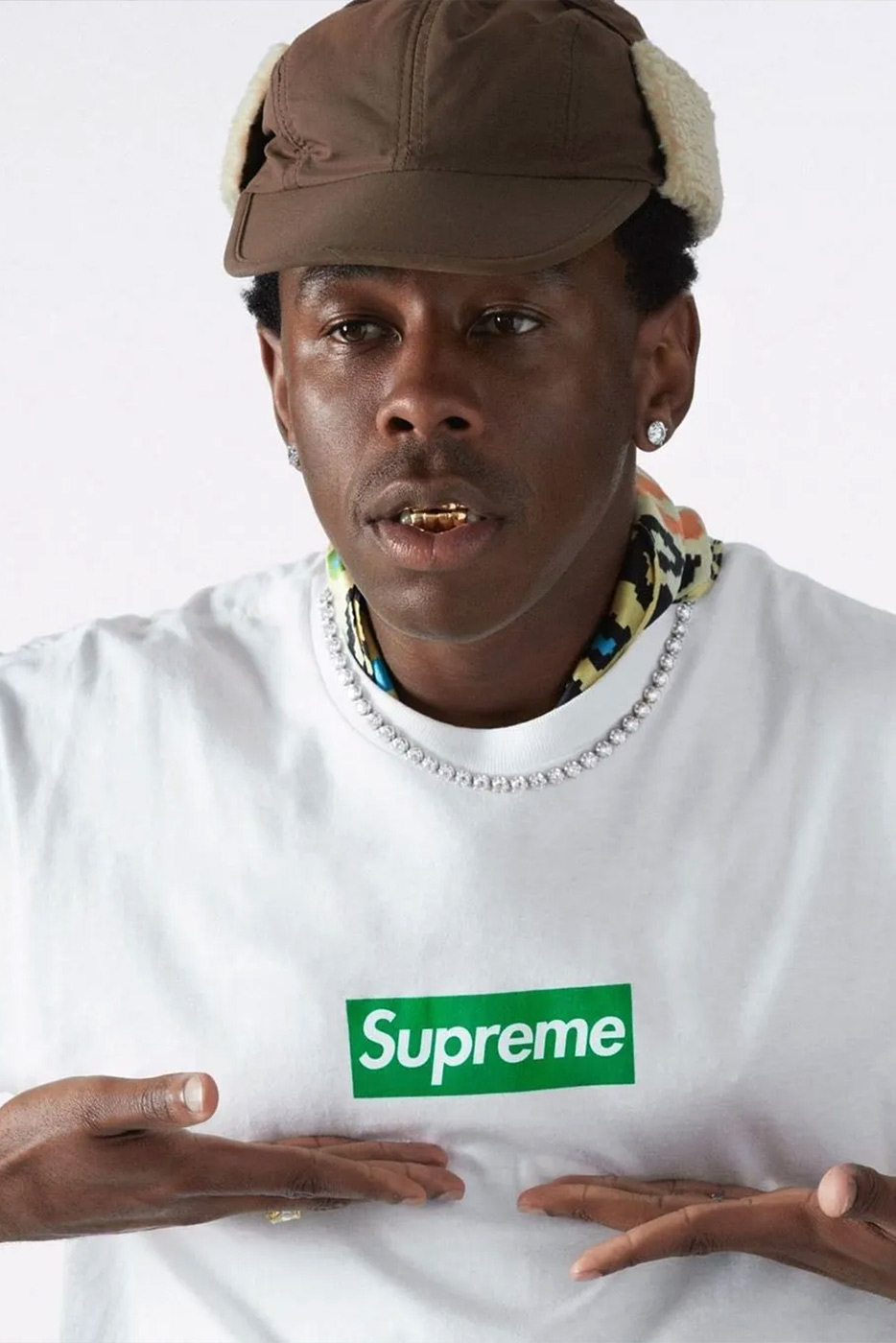
Courtesy of Supreme
STREETWEAR/ROCK INFLUENCE
But honestly, how many people can relate to a lyric from Ye like “Last week, I was in my other, other Benz”?
The average person watching music videos from megastars like these can’t sacrifice a paycheck on pimping their wardrobe in luxury fashion. So came the rise of streetwear brands like Supreme and Palace.
These labels launched themselves into the spotlight with co-signs from groups like Odd Future. Their de facto leader with an edgy, trollish sense of humour, Tyler, the Creator, could be seen rocking Supreme box-logo T-shirts and Stussy hoodies, mixing colourful clothes into a style that sat somewhere between skater and rap influence.
A comfortable, cool and more relatable aesthetic than the lavish luxury look, it was a perfect pairing to match their brash, angsty music and the adolescent followers who found a rebellious kinship in lyrics like “KILL PEOPLE/BURN SHIT/F**K SCHOOL.” In an interview with Culted, Tyler claims that “Supreme was our Louis Vuitton.” And you could see that in his fanbase. I remember watching Odd Future live back in the 2010s, sweating and struggling for air in a mosh pit amidst a sea of Supreme tees and snapbacks. Even in old member Earl Sweatshirt’s 2015 song “AM//Radio,” he acknowledged, “If your n***a had Supreme, we was the reason he copped it.”
It was a big change from the macho, baggy athleisure wear of rappers like 50 Cent to the alternative, outcast outfits for kids who had more in common with grinding on handrails than “Grindin’” like the Clipse were. Down the line, this audio-visual divergence from the status quo would break down the doors for the distorted qualities and rock influences of the SoundCloud era. Rappers like XXXTentacion and Lil Peep owed just as much to the emo genre as they did to hip-hop, layering screams or sorrowful melodies with lo-fi guitars atop overdriven bass lines and trap drum kits.
And you could see this in how they presented themselves with tattoos, skinny jeans, multi-coloured hairstyles, chokers and spikes. Take a look at the XXL Freshman cover of 2017 with XXXTentacion in his drainpipes, “REVENGE” hoodie and gothic accessories. Or even look at 2018, where Lil Pump and Trippie Redd channelled their inner 2000s scene kid with their fluorescent colours. They’d be just as at home on a Kerrang! cover as one for XXL or The Source.
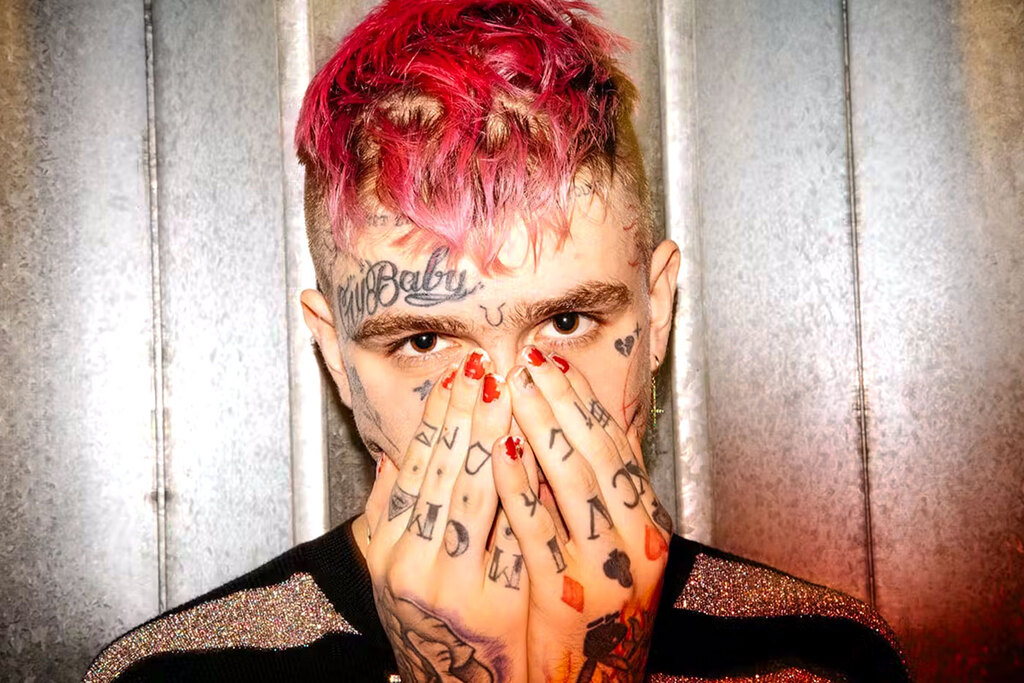
James Pearson Howes
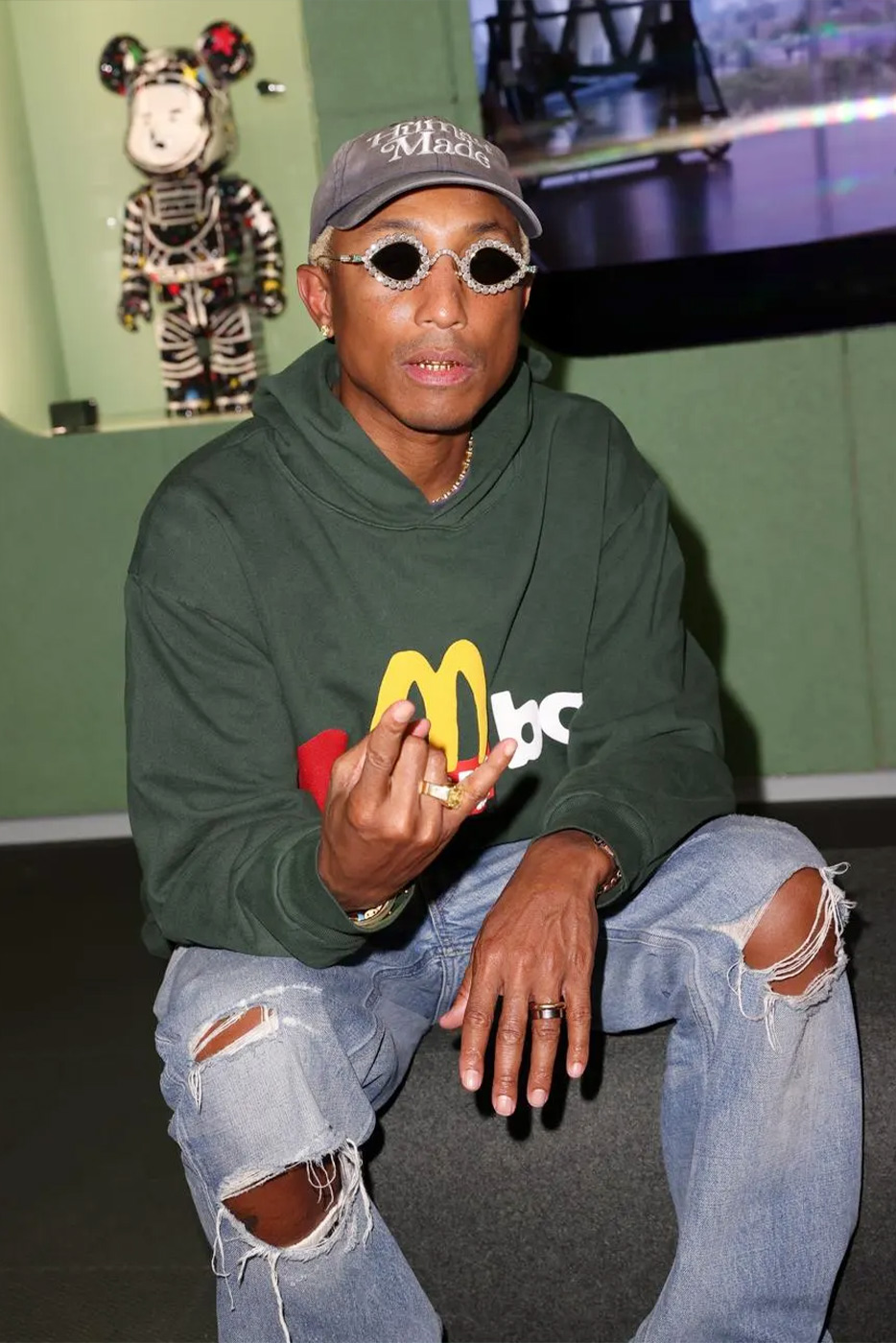
Alexander Tamargo/Getty Images
BRANDS/COLLABORATIONS
Following the footsteps of Rocawear, Wu-Wear and G-Unit Clothing in the noughties, rappers were also maintaining and launching their own products and brands in the 2010s.
Today, we’ve got Billionaire Boys Club from Pharrell, Golf Wang from Tyler the Creator and OVO from Drake, to name a few. There have been shoe releases and collabs coming from artists like Travis Scott, with his Nike/Jordan drops that sold out in mere minutes.
Before his riches turned to burnt bridges, Kanye’s Yeezy sneakers were one of the most successful in the footwear industry. While nowadays he’s turned into a Hitler-praising hermit the industry ignores, back then, his presence was inescapable. Whether it was through his record rollouts, rants, right-wing leanings or relationship with Kim Kardashian, he’d truly transcended to a higher plane of spectacle that the whole world was watching.
For each of these artists who graduated to the A-List with a fierce enough fandom, they can cultivate their own climates within the clothing world, making more profits than collab royalties while maintaining creative control.
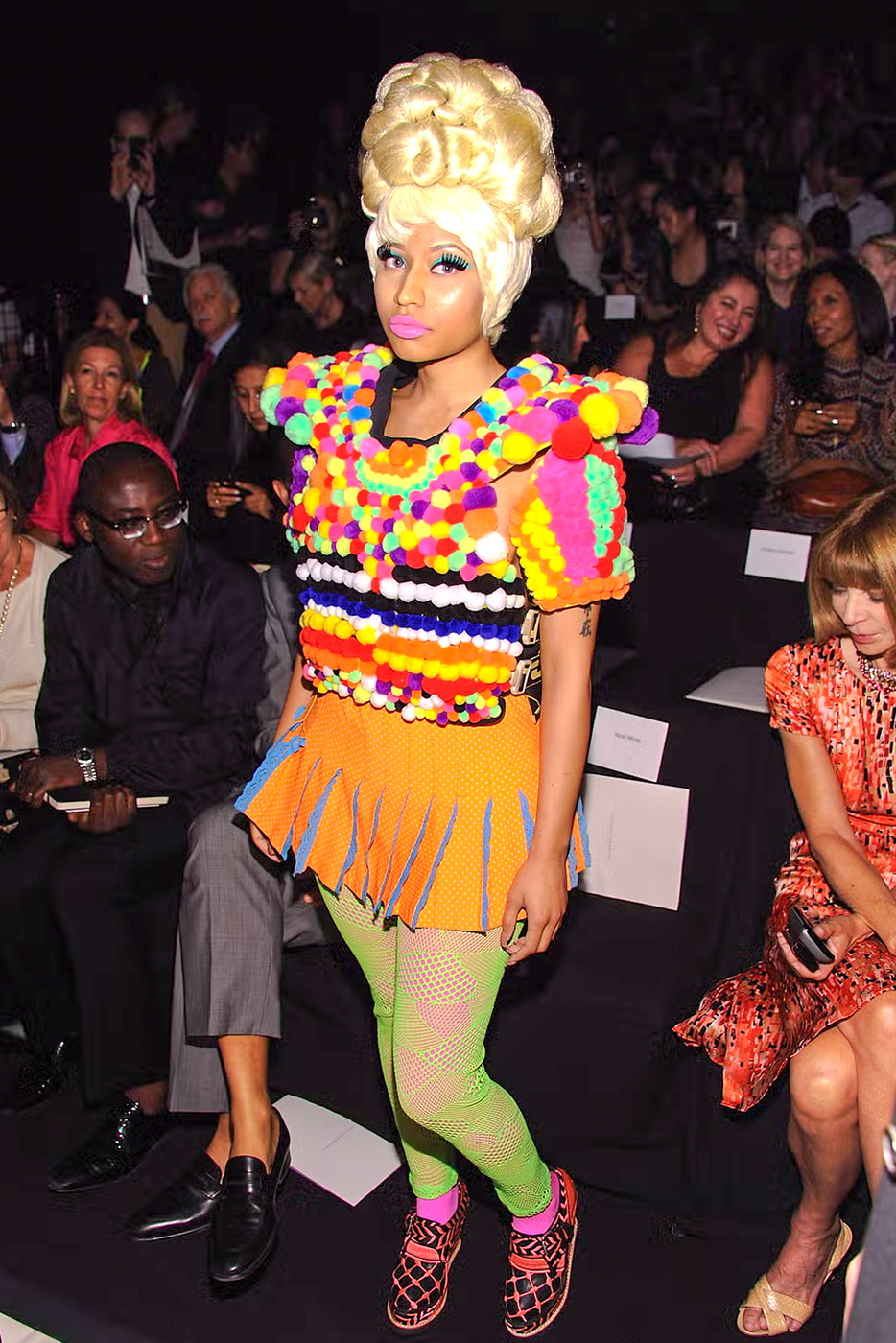
Dimitrios Kambouris/Getty Images
FEMALE RAPPERS FASHION
For women in hip-hop during this era, building a visual identity can be a big boost, namely by setting trends for their female fanbase while carving out their own characters and stories through their styling.
From her debut studio album Pink Friday to her bright Harajuku-inspired style with neon wigs and multicoloured outfits, Nicki Minaj was determined to stick out in the most eye-popping manner she could – and she had the music to complement it. Zany accent changes? Club-courting dance-pop beats? Speedy flows mixed with that cocky NY swag? It was all as confident and striking as her image.
This is an era that’s seen female rappers adopt a diverse range of looks to complement the multidimensional music they produce. On one hand, you can have rappers like Cardi B and Megan Thee Stallion dropping sultry smash hits like “WAP,” expressing their sexuality in the video with custom-made bodysuits, latex and lingerie sets. Or on the other end of the spectrum, we have Young M.A., making gritty, street-savvy New Yorker rap with her tough, raspy cadence and hard punchlines. She can step out in a masculine vest and cap combo that harkens back to 50 Cent’s first years. There’s also Coi Leray, who takes influence from the early 2000s in her fits, rocking baggy jeans, vintage streetwear and snapbacks to make her striking visual statements.
These female rappers are also paving their own path in the fashion world through collaborations that are accessible for their fans, both pocket-friendly and personally resonant. Today’s reigning rap queen, Megan Thee Stallion, is towering over her competition in both success and stature, often referencing her height in her lyrics.
The Fashion Nova X Megan Thee Stallion collection catered to the ladies on the taller side, featuring a capsule of denim selections for women who are 5’9” and higher.
“If you’re a tall girl like me, finding clothes that have savage style has never been easy, until now,” she said while promoting the products.
In a male-dominated genre that frequently consisted of music videos featuring women with certain beauty and body standards, it would have been hard to comprehend a plus-size performer like Lizzo hitting the hip-hop big time a few decades back. But here she is, with Grammys, top five charting albums and BET and Soul Train awards. A critically acclaimed artist who built her image on body positivity and self-love, she brought out her YITTY line with Fabletics in 2022. The brand designed shapewear to fit a broader range of body types and bring comfort and confidence to all shapes and sizes.
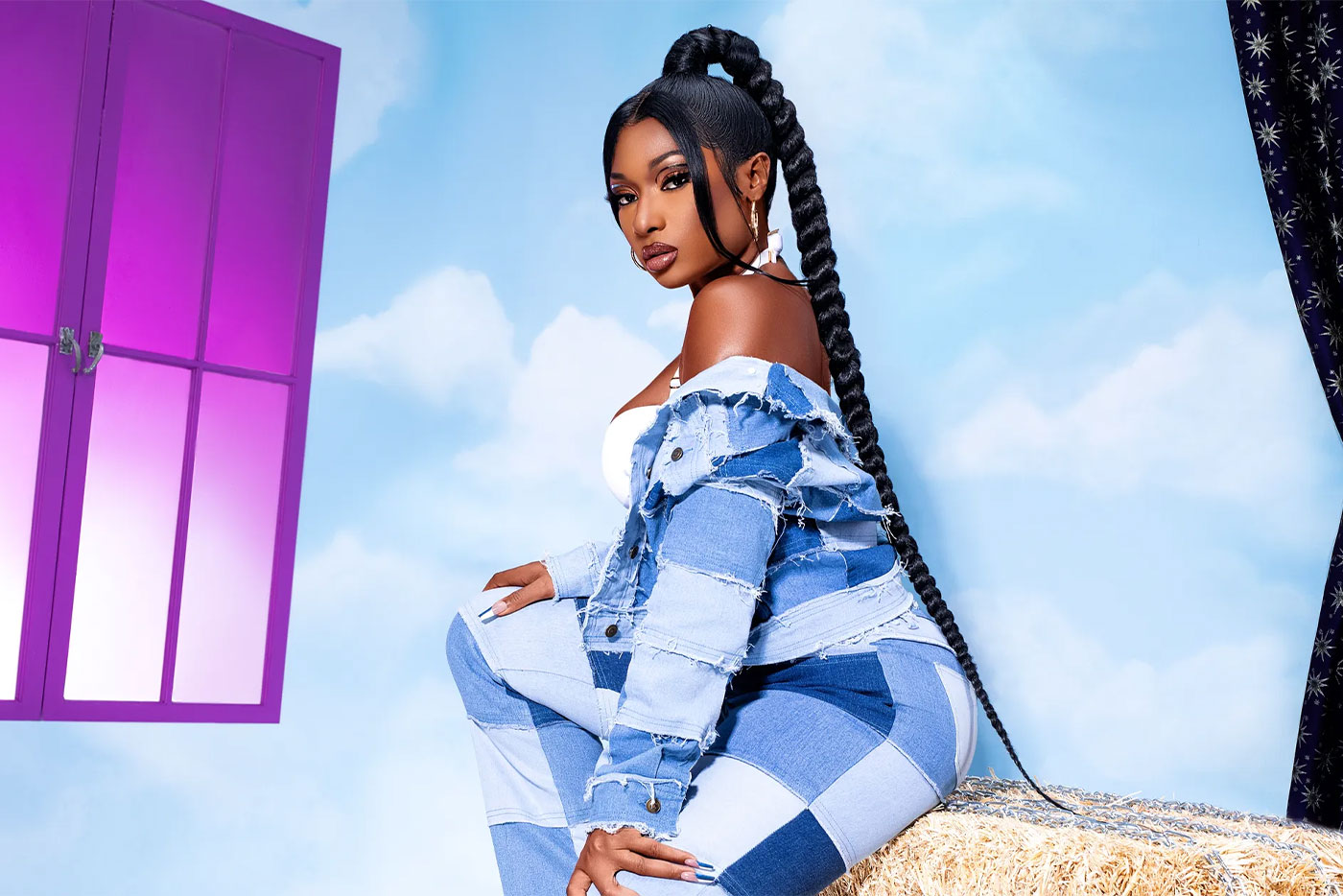
Jora Frantzis/Courtesy Of Fashion Nova
Other female rappers have also created collaborations with fashion brands, from Cardi B’s bold, street-ready, low-top Reeboks to Doja Cat’s collection of playful, summery, ‘70s-inspired items with PrettyLittleThing. The ladies of hip-hop are now taking control of the culture’s fixation on the female image and using it to strengthen their brands, build their narratives and make some serious bank too. Just look at how Cardi’s 2019 Fashion Nova collab made over $1 million in first-day sales. With those kinds of business ventures, her wallet’s gonna be “Okurrr” for a while.
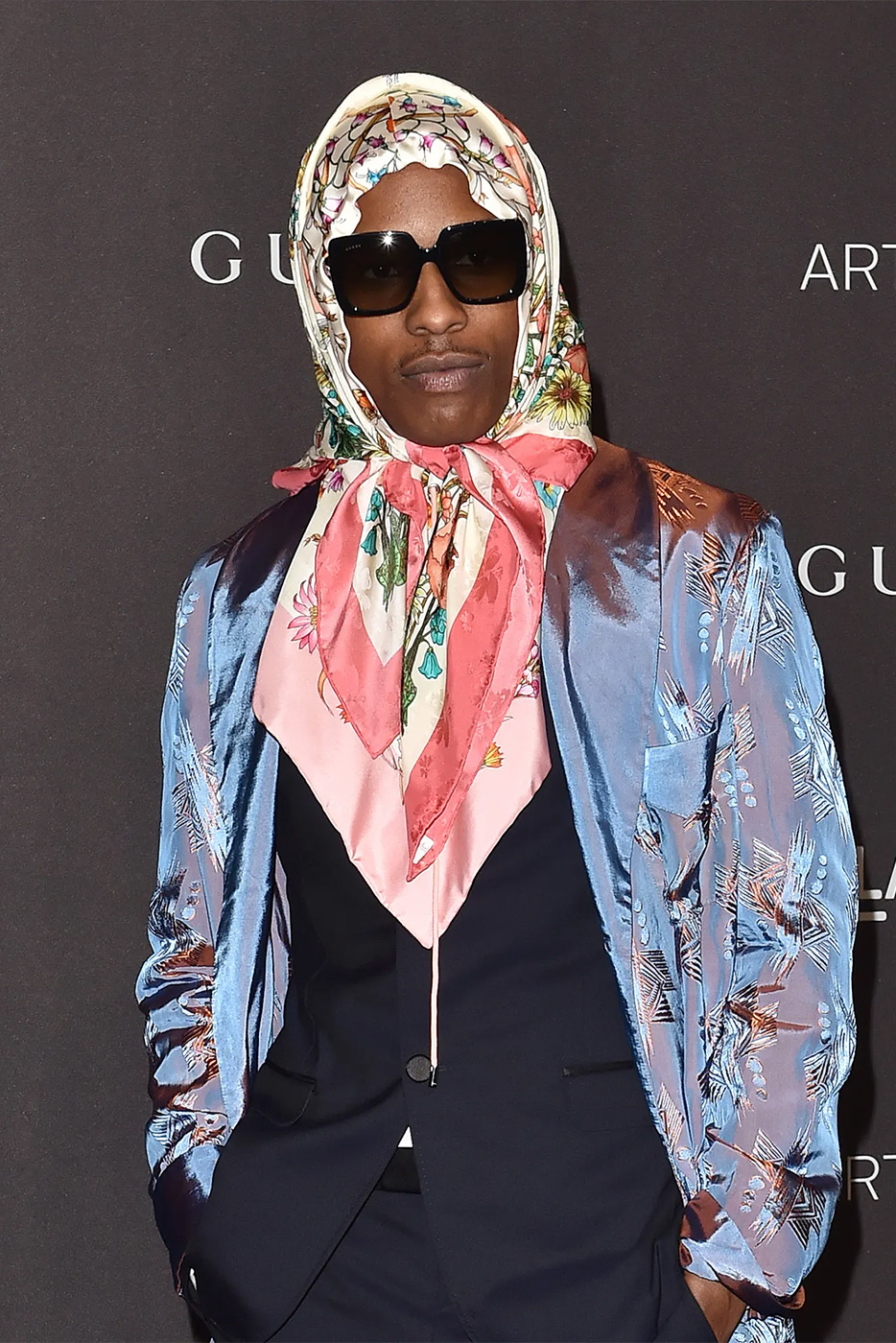
Getty Images
GENDER NORMS
A few decades back, wearing any skinny trousers may have had you pushed around in a high school hallway. This is a reality that’s not exclusive to rap, but it’s magnified within the music’s masculine atmosphere. Danny Brown even recalled 50 Cent refusing to sign him because he needed to “look mean” and wear bigger jeans.
It’s funny to think that this culture started out with rappers clad in tight leather and feathers, looking more like the YMCA than YMCMB. And yet, there were still such rigid rules as to what men are “supposed” to wear in an art form that was strongly tied to projecting strength and sometimes adverse to vulnerability (or being “soft” as some might say).
Slowly but surely, artists started to bravely break down gender norms. Some might remember the collective outcry against rappers like Kanye, Mos Def and Jaden Smith wearing skirt-style garments in the 2010s. The backlash wasn’t just from the cesspools of social media comment sections and hip-hop message boards, but even from other artists.
It was often voiced out of the fringe idea of a “scheme” to indoctrinate fans into femininity and homosexuality. Rappers like Brand Nubian’s Lord Jamar have argued that Black men are being “emasculated” by a gay agenda, and Boosie Badazz launched tirades on X aimed at Lil Nas X, threatening to “beat his ass.”
Are some of us so triggered by different forms of self-expression and sexuality? Ones that don’t fit the framework of “big, strong, cold-blooded man’s man”? Do you basically just want a rap version of “The Terminator”? No matter who’s wearing the skirt, it’s clear to see which side has got their panties in a bunch.
Despite the homophobia and hostility, male rappers started blurring the lines and incorporated feminine qualities into their outfits. A$AP Rocky, one of the last decade’s most fashion-forward musical icons, has been pushing the gender boundaries through his garments and accessories.
With a wardrobe that’s known for mixing luxury and high fashion with streetwear and experimental pieces, he’s also mixed male and female qualities into his costumes. He’s been seen sporting leather skirts, pearl necklaces, babushka head scarves (the word translates to “grandmother” in Russian), and even painted nails, serving looks that may have been unthinkable for 2000s hip-hop purists.
In a recent appearance on a Vogue podcast, Rocky stated his aim to change the expectations in male fashion, saying, “I want to be a catalyst for daring men. I don’t know who drew the line between femininity or just being feminine and masculinity.”
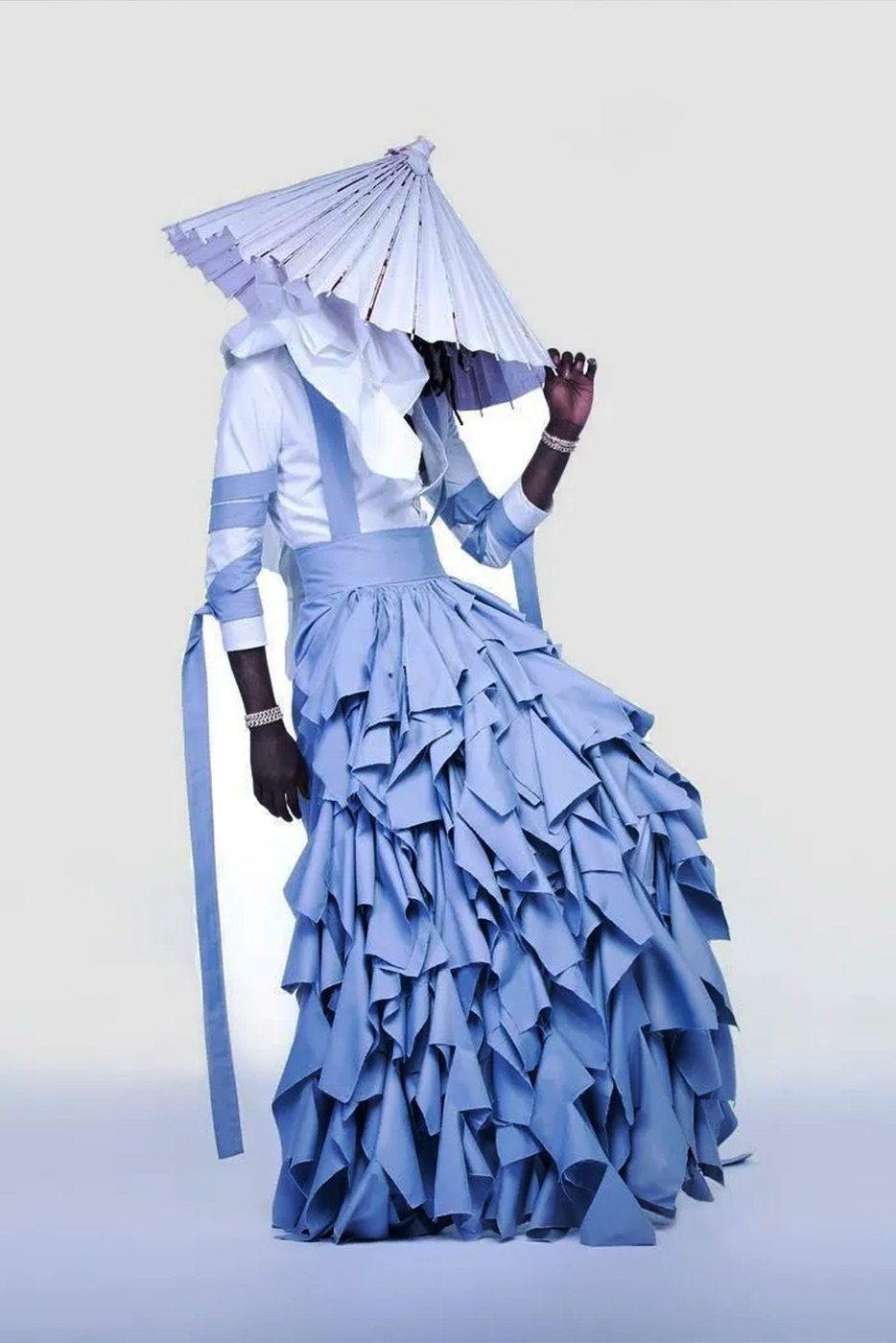
Cover for Young Thug – Jeffery
Another memorable moment of defiance to pre-conceptions of masculinity was Young Thug’s cover for his 2016 mixtape, Jeffery. Known for his dynamic, inventive, melodic rapping style, he translated his innovative studio spirit into a groundbreaking image. In an elegant ensemble crafted by the gender-challenging Italian designer Alessandro Trincone, Thugger rocked a ruffled lavender skirt and white shirt, with an umbrella-like headpiece that covered his head.
While the cover caused a stir among some detractors, it was a courageous affirmation of androgynous fashion that laid the foundations for today’s rappers making bold, barrier-breaking looks. From Lil Nas X in figure-hugging bodysuits to Kid Cudi and Lil Uzi Vert showing out in crop tops and makeup, the 2010s paved the way for gender-fluid fits.
There’s still a LOT of room for improvement and inclusivity, but the fact that nowadays we can have gay rappers like Nas X or non-binary artists like Uzi making serious waves within the most macho of music scenes shows some sure progress.
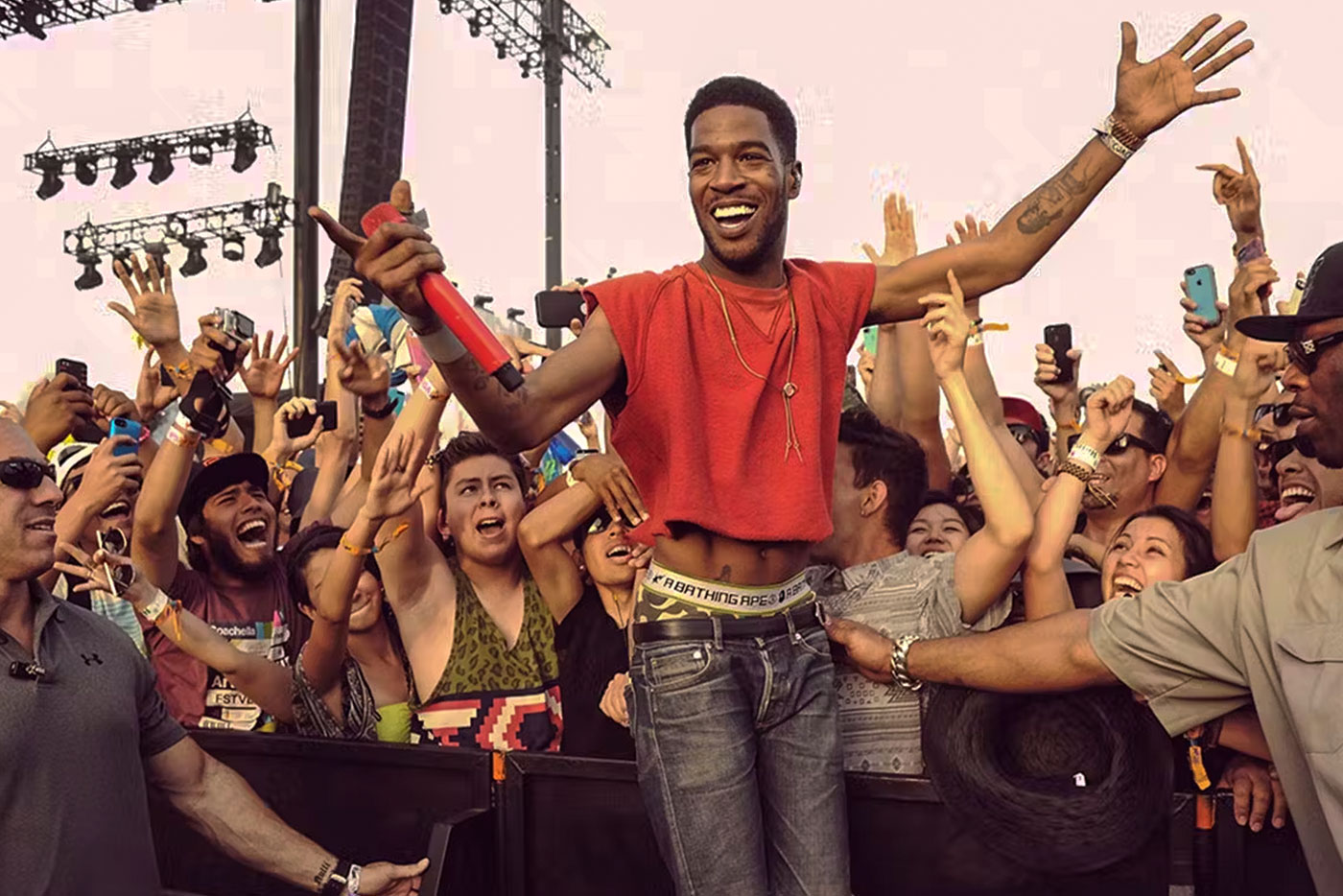
Kevin Winter/Getty Images
For the girls, we’re using a formula inspired by Megan Thee Stallion.
In an Era of Ever-Growing Success and Eclectic Sounds for the Genre…
Hip-hop’s fashion became both extravagant and casual, fearlessly experimental and further tied to a rapper’s persona and built-up backstory.
It was within this period that rap realized its full potential within the fashion world — to not only shout out their favourite brands on a track, but to partner with, or even become, the brand. From luxury style to streetwear labels, from personal brands to breaking gender norms, the new leaders of the genre started thinking outside the box and rewrote the rules on what rappers can wear.
In an art form where we place the utmost importance on staying fly til you die, the 2010s and onward showed us that when we spread our creative wings, only sky’s the limit.
If you liked this article, check out our past pieces in this series. We covered the groundbreaking culture of hip-hop fashion, finding its footing in the early days with our piece “The Evolution of Hip Hop Fashion Pt. 1 – 1980s – 1990s”, and saw the new creative heights reached past the new millennium in “The Evolution of Hip Hop Fashion Pt. 2 – 2000s”.
Whether you favour baggy jeans, old-school Timbalands, punk-coded fits or Supreme hoodies, one thing’s for certain: while the fashion might come and go, hip-hop is here to stay.

